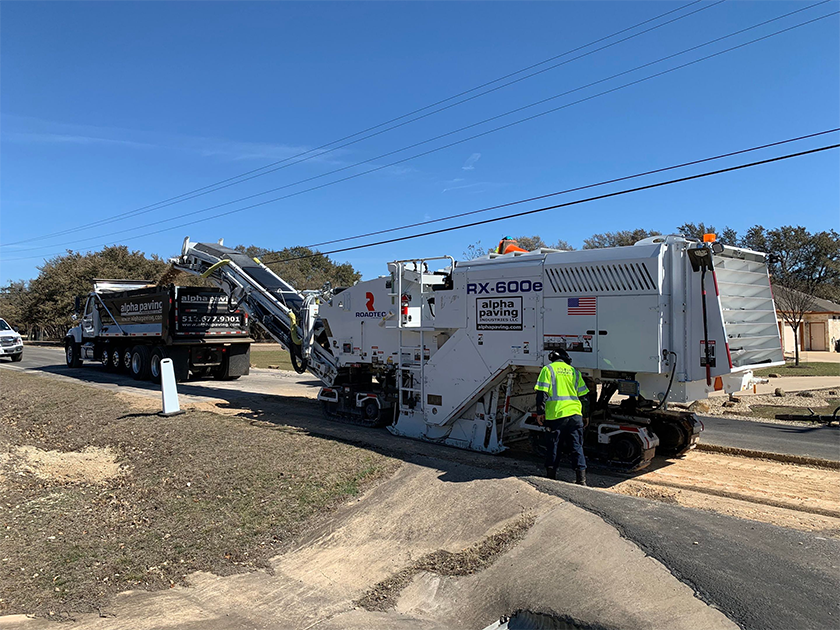A1 Professional Asphalt & Sealing Llc Things To Know Before You Get This
A1 Professional Asphalt & Sealing Llc Things To Know Before You Get This
Blog Article
The A1 Professional Asphalt & Sealing Llc Statements
Table of ContentsA1 Professional Asphalt & Sealing Llc - QuestionsFascination About A1 Professional Asphalt & Sealing LlcGetting The A1 Professional Asphalt & Sealing Llc To WorkA1 Professional Asphalt & Sealing Llc Fundamentals ExplainedFacts About A1 Professional Asphalt & Sealing Llc Uncovered

The oil in a cars and truck engine is not just oil. The REOB consists of all the additives that were in the waste oil as well as the wear steels from the engine (primarily iron and copper).
By making many blends utilizing different REOB examples and various asphalt binders, the variants mostly can be balanced out. Numerous States offered examples of recognized REOB composition to TFHRC researchers, who analyzed the samples to contrast the percent of added (recognized) REOB to the discovered (examined) quantity. The evaluations showed a comparable portion of included and found REOB.
9 Easy Facts About A1 Professional Asphalt & Sealing Llc Explained
None of those States understood that the asphalt they were buying had REOB. One State urged its examples had no REOB - https://pxhere.com/en/photographer/4237412.
Of the 1,532 examples tested, 12 percent included REOB, and some contained appreciably high levels of it at 1020 percent. The highest degree was 34 percent in an example from Texas, which TxDOT had actually utilized in a patching substance. This testing also exposed the presence of phosphoric acid in 11 percent of the examples, and 2 percent included ground tire rubber.
Two years ago at TRB's yearly conference, the Federal scientists held an REOB workshop and presented the findings of their laboratory examinations to a standing room-only group. Although some companies do not especially prohibit REOB, they do enforce physical examinations that preclude its useeffectively a ban. asphalt paving repairs. Others do not prohibit it by spec, yet have contracts with asphalt distributors to stay clear of making use of REOB
The smart Trick of A1 Professional Asphalt & Sealing Llc That Nobody is Discussing
A handful do allow REOB, some within specific restrictions. For instance, Ohio and Texas restriction levels to less than 5 percent of the asphalt. To create a dependable examination method that all States can utilize, the TFHRC scientists set up a round-robin test plan. The individuals are 11 State highway agencies (Illinois, Massachusetts, Minnesota, Mississippi, Montana, North Carolina, Oklahoma, South Carolina, Texas, Vermont, and Wyoming), 2 independent testing laboratories, the Ministry of Transportation in Ontario, Queen's College in Ontario, and an Ontario paving contractor.
The participants are testing the examples individually utilizing the standards provided by the TFHRC scientists. The outcome will certainly be a recommended AASHTO test method that any type of State can adopt and use.
The sidewalk with REOB, which is situated 0.6 mile (1 kilometer) from the pavement without REOB, has the same subgrade, website traffic density, and climate. The segment of Highway655 with 5 to 10 percent REOB revealed substantial splitting. In this example, the visibility of REOB was the recognized source of cracking at a reduced temperatures.
"In our experience in Canada, even tiny amounts of 23 percent can be an issue." A section of examination pavement in Minnesota (MN1-4) discovered to contain REOB additionally cracked too soon. The pavement done well for the first 3 to 4 years, however after that started to crack. This pavement is additionally subject to reduced temperatures.
8 Easy Facts About A1 Professional Asphalt & Sealing Llc Explained
The examinations were not substantial, yet they showed that at degrees of 6 percent or more, the tensile strength of the asphalt dropped dramatically. At a level of 3.5 percent REOB, the variant in the physical examination approaches was better than the effect of REOB. Actually, it was challenging for researchers to analyze whether REOB existed.

One binder criterion considered is the difference in between the reduced temperature essential specification temperature level for rigidity (S) in the flexing light beam rheometer and the flexing beam of light rheometer creep slope (m-value) kept in mind as Tcritical. TC = TC (S) TC (m-value). Analysis of this parameter is still recurring. Two independent research study groups, one from AASHTO and the various other from the Asphalt Institute, wrapped up that even more research is needed on using REOB in asphalt.
Formerly, all asphalt testing measured design residential properties such as stiffness. These tests do not show what products had been contributed to the asphalt. One example gotten during the TFHRC research study had a really unusual analysis. The sample had the following test outcomes: Superpave PG 64-28 with a heat quality of 67.3 Tcritical on the bending beam of light rheometer was 6.7 levels Celsius.

The Definitive Guide to A1 Professional Asphalt & Sealing Llc
These outcomes demonstrate there are weaknesses in the standardized engineering testing methods that may be exploited. The manufacturer might have a financial benefit and the product passes all the standardized examinations, however the product may not be valuable to ensuring lasting efficiency. To resolve this problem and the expansion of brand-new asphalt ingredients and extenders, TFHRC is starting a study program to make use of portable spectroscopic devices, x-ray fluorescence spectroscopy, and Fourier change infrared spectroscopy to make it possible for analyses to be carried out in the field as opposed to having to take samples back to the lab.
Report this page